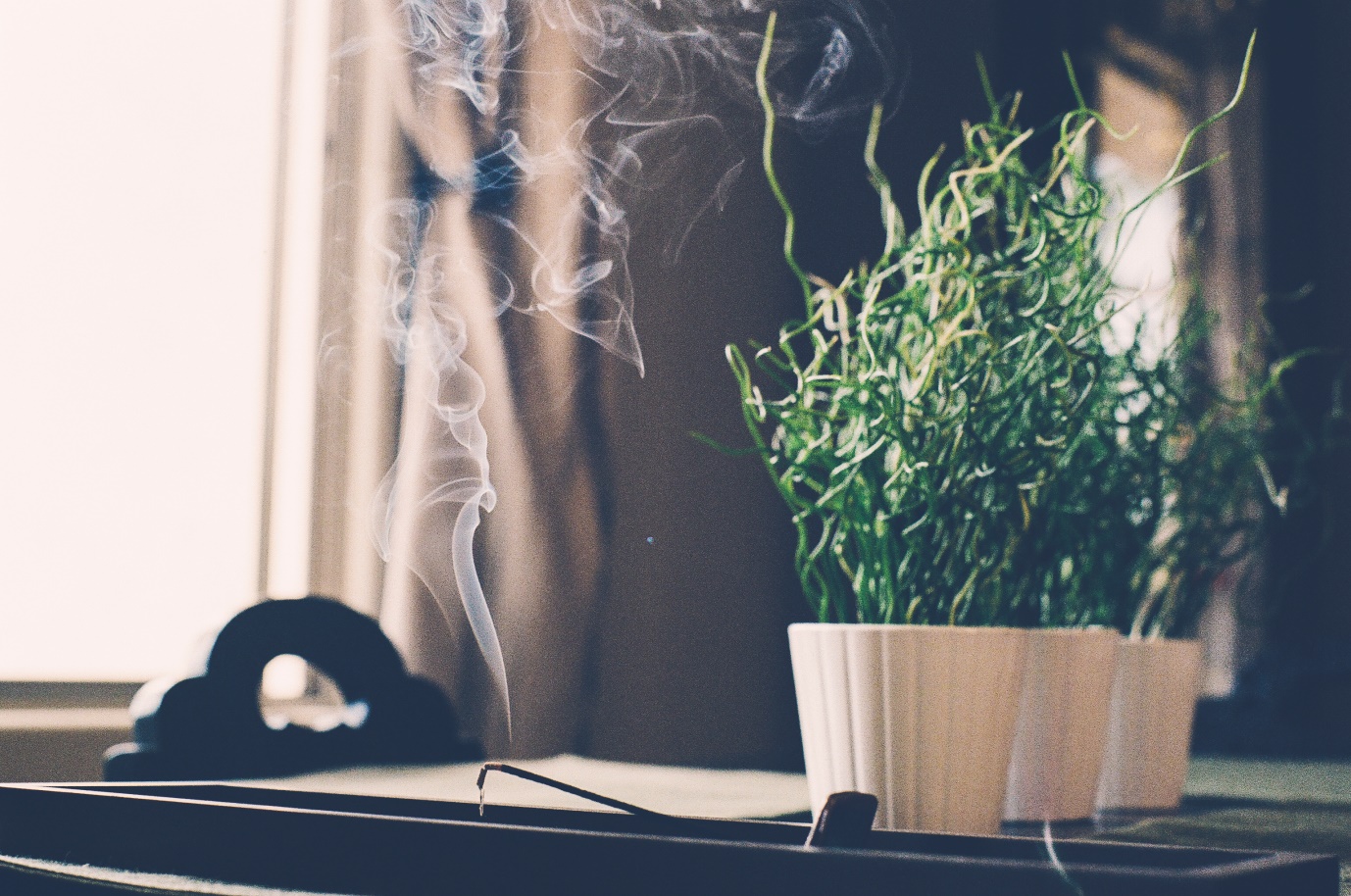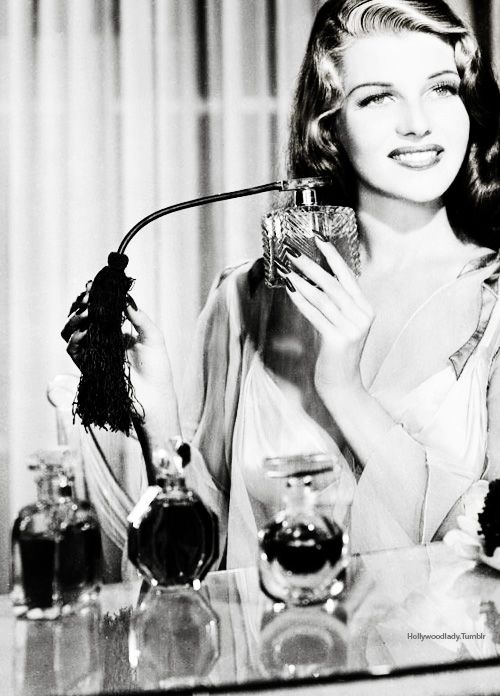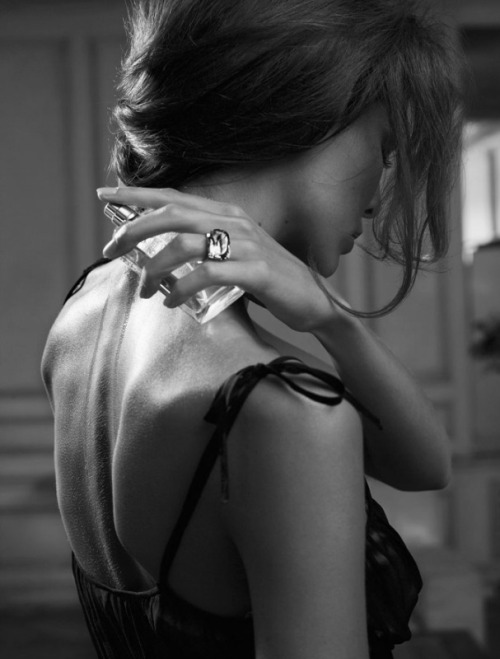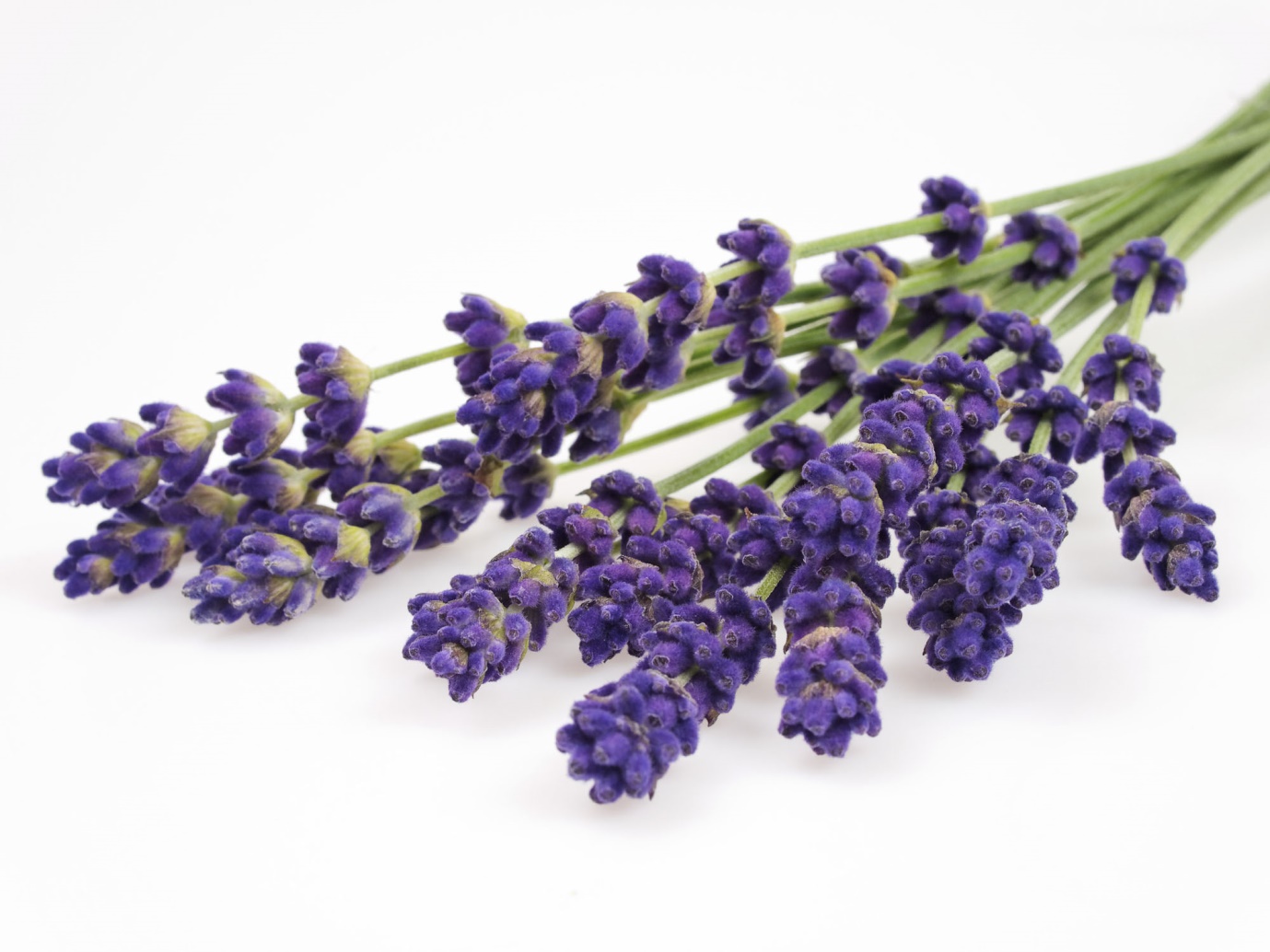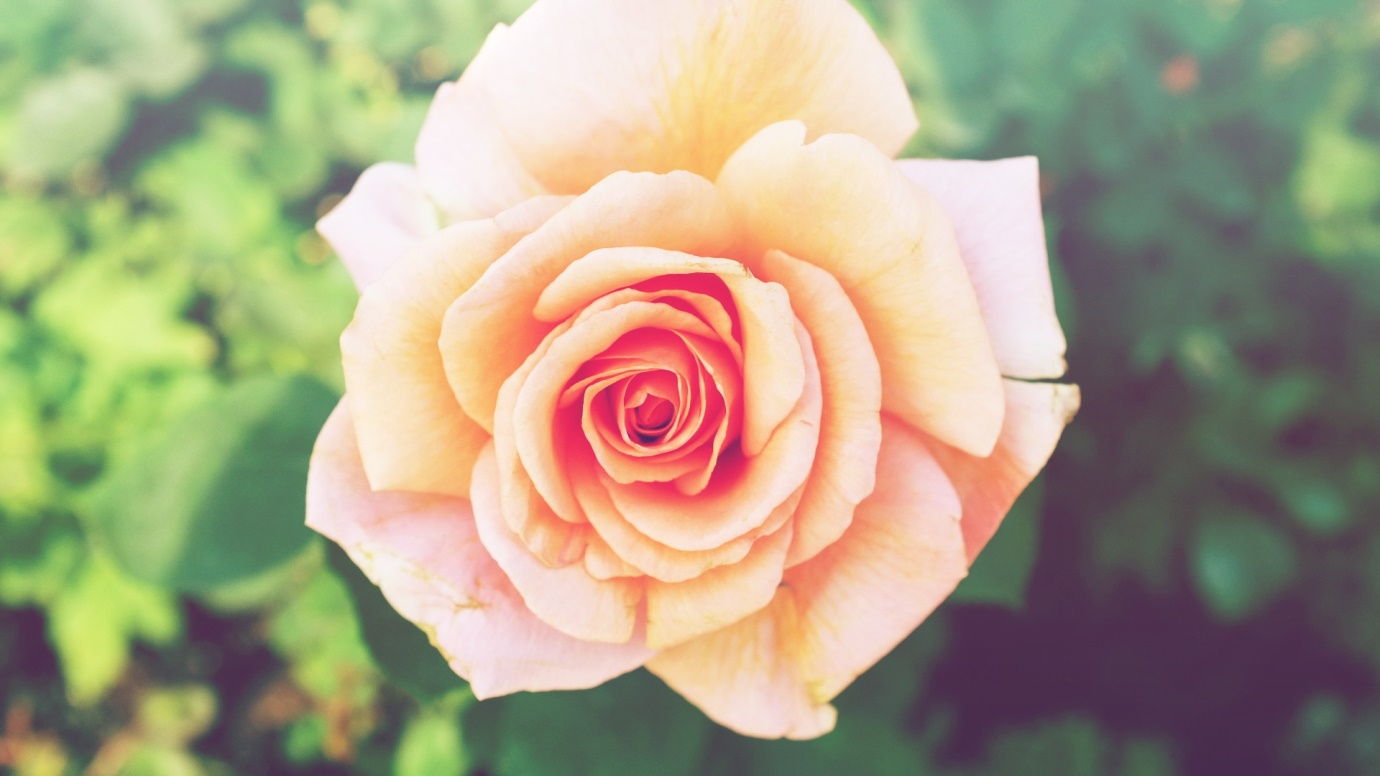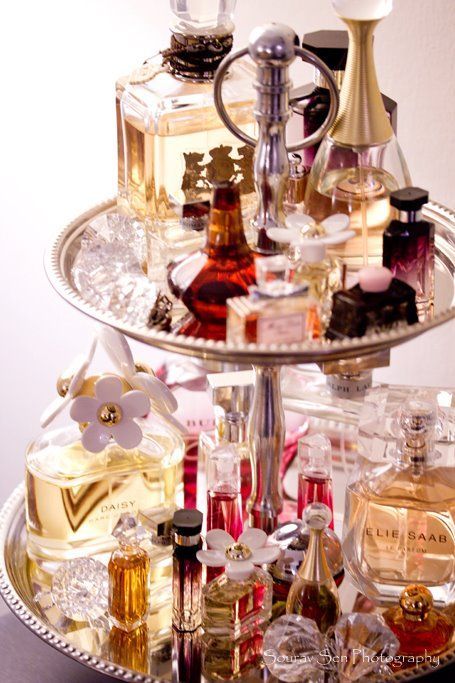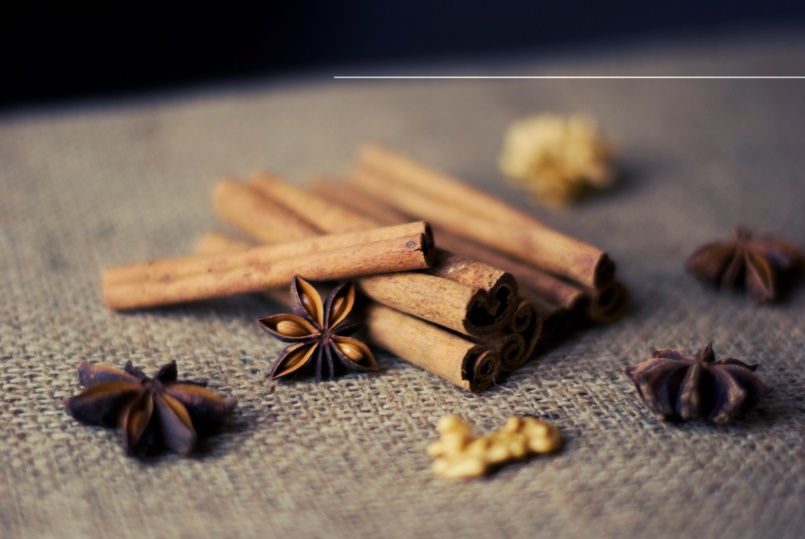Where should a lady apply her perfume? Yes, we all know, the pulse points but, Coco Chanel said it better, “Wherever she wants to be kissed”, she said.
Fragrances leave lasting impressions on us. When someone wearing a particularity alluring perfume walks by, they leave the air in that place bewitched for a few seconds, along with the people. That’s the kind of effect perfumes have. So, how much do we really know about them? Why do we really like some perfumes and equally loathe some?
What makes up a perfume?
Perfumes have notes. Like how notes make up a beautiful symphony in music, notes in perfume do the same to achieve a pleasing effect. It’s a science and one needs to be aware with the evaporation properties of each scent to concoct the perfect perfume.
What are notes?
A good way to describe notes would be to call them layers. Perfumes have a top layer, a middle layer and a bottom layer. Like in any structure, the top layer is the most prominent one and is generally the most attractive one, the middle layer is the body and the bottom layer is the foundation of the perfume. Yes, that uniform looking liquid has three constituents of differing volatility.
Three notes make a perfume. Have you ever observed that your perfume “fades away”? And has anyone ever thought that it “fades away beautifully” than how it smells at initial application? That’s how the notes work.
The head note, the heart note and the base note, make up the perfume.
The head note
Notice how almost every perfume seems very strong when we smell it? Many a times, we pass it, thinking it to be too strong for our taste, except, that perfume has more to it than just that. It’s like mistaking someone to be shallow at the first glance. So next time, make sure you get to know your perfume a little before hurting its feelings.
Like the name suggests, the head note is the smell you encounter as soon as you apply it. This is probably the smell that convinced you into buying the perfume in the first place. It’s generally strong, sharp and fresh. Like all opening statements, it needs to be impressive, A grand entry of sorts. This scent also evaporates pretty quickly. So, after half an hour, you wouldn’t smell like the bottle and that is a good thing.
Common head notes are limes, coriander, lavender, lemon grass and sweet oranges.
The heart note
Then the perfume moves down to the heart note. Instead of it being sharp, it’s full bodied and constitutes the “heart” of the perfume. This is what you smell like most of the time. This is where the perfume accomplishes the majority of its task. It also evaporates slower than the top notes, leaving a “lasting” effect.
Common middle or heart notes are clary sage, rose and jasmine and celery root.
The base note
The heart notes then lead to the kind of unpleasant base notes, which are woodier in substance. The heart notes also serve to mask this “kind of unpleasant” smell of the base notes. This unpleasant smell slowly fades away by the time the heart notes evaporate. It’s like a perfect symphony.
Some perfumes just smell more wholesome and have a depth, don’t they? That’s probably a really great base note there, that’s helping with it. They also evaporate, very, very slowly hence, if you smell amazing even after waking up, that’s a very slowly dying down base note. While heart notes leave a lasting effect, the base notes leave a “lingering” effect.
Vanilla, sandalwood, oak moss, rosewood, vanilla and frankincense, myrrh, clove and cinnamon are the most common base notes.
There is more to perfumes than just vanity. It’s beautiful, intricate and is crafted with love. Picking the right kind of perfume, that goes with your personality, speaks for you softly, makes your presence a maddening memory, is what you are looking for and the next time you go shopping for them, you know what to look for.
Comments
Powered by Facebook Comments


